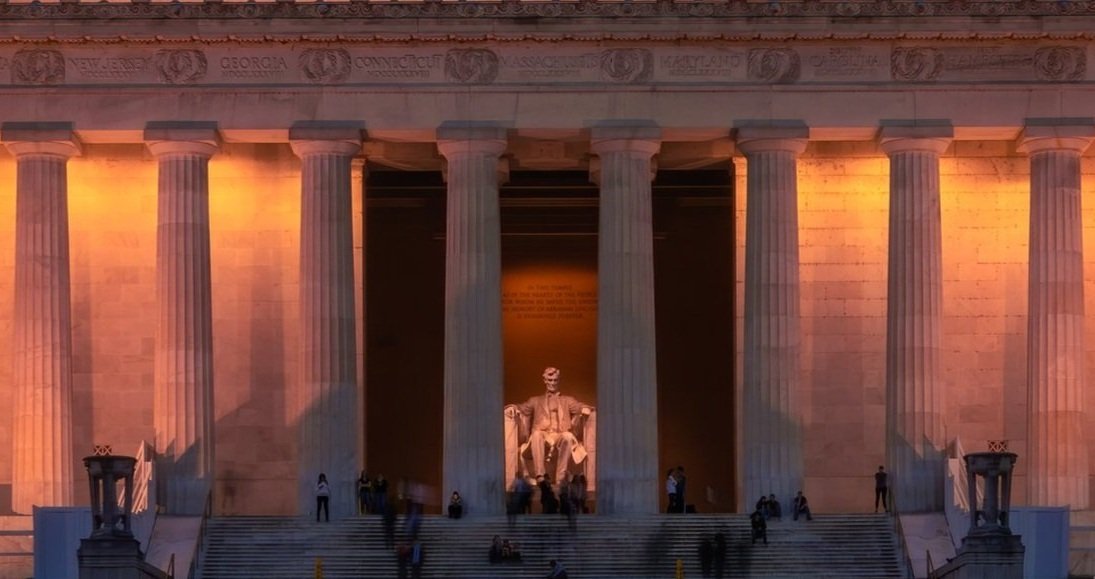Learning the wrong lessons from architecture
/Twitter used to have an occasional trending hashtag inviting people to “confess your unpopular opinion.” Here’s one of mine, offered as a follow-up thought to yesterday’s post on traditional vs. modern architecture.
In the City Journal piece I linked to and quoted from, Catesby Leigh writes:
All three branches of the federal government are headquartered in classical buildings: the U.S. Capitol, the White House, and the Supreme Court. Apart from a three-decade interlude of eclectic Victorian confusion between the Civil War and the mid-1890s, classicism predominated from the Founding until World War II. And it has served the nation brilliantly, defining civic architecture in the public mind.
Later:
Jefferson, good lawyer that he was, was won over by the artistic significance, as authoritative precedents, of ancient buildings—especially the Pantheon, perhaps the Roman Empire’s most influential architectural landmark, and also a gorgeous Roman temple in the southern French city of Nîmes on which he modeled his Virginia Capitol in Richmond. (“Here I am, Madam, gazing whole hours at the [Nîmes temple], like a lover at his mistress,” Jefferson wrote to a Parisian lady while serving as the American minister to France.)
Architecture, and classical architecture in particular, is a language—with vocabulary, syntax, multiple styles, and even regional dialects—and language is an instrument of adornment, narration, declaration—and instruction.
Me, personally, I’m a half-timber and gothic man (with a serious soft spot for traditional Southern farmhouses), and I also love and adore classical architecture for all the reasons I laid out yesterday. But precisely on the grounds that architecture, Goethe’s “frozen music,” silently instructs, I think housing the three branches of the federal government in what we instinctually recognize as temples has been a mistake.
And it is a typically Jeffersonian and American mistake—to think you can mimic sacred architecture without the ghost of an overawing polytheism hanging around, to think you can rationalistically borrow form without keeping the meaning. We intuitively know when we’re in sacred space, and I think two centuries of Americans have learned the wrong lesson from this architecture. Witness the overtly religious rhetoric denouncing the January 6th riot. And don’t get me started on this literal temple to an all-powerful god, colossal enthroned idol and all.
A small point, but not an unimportant one.





